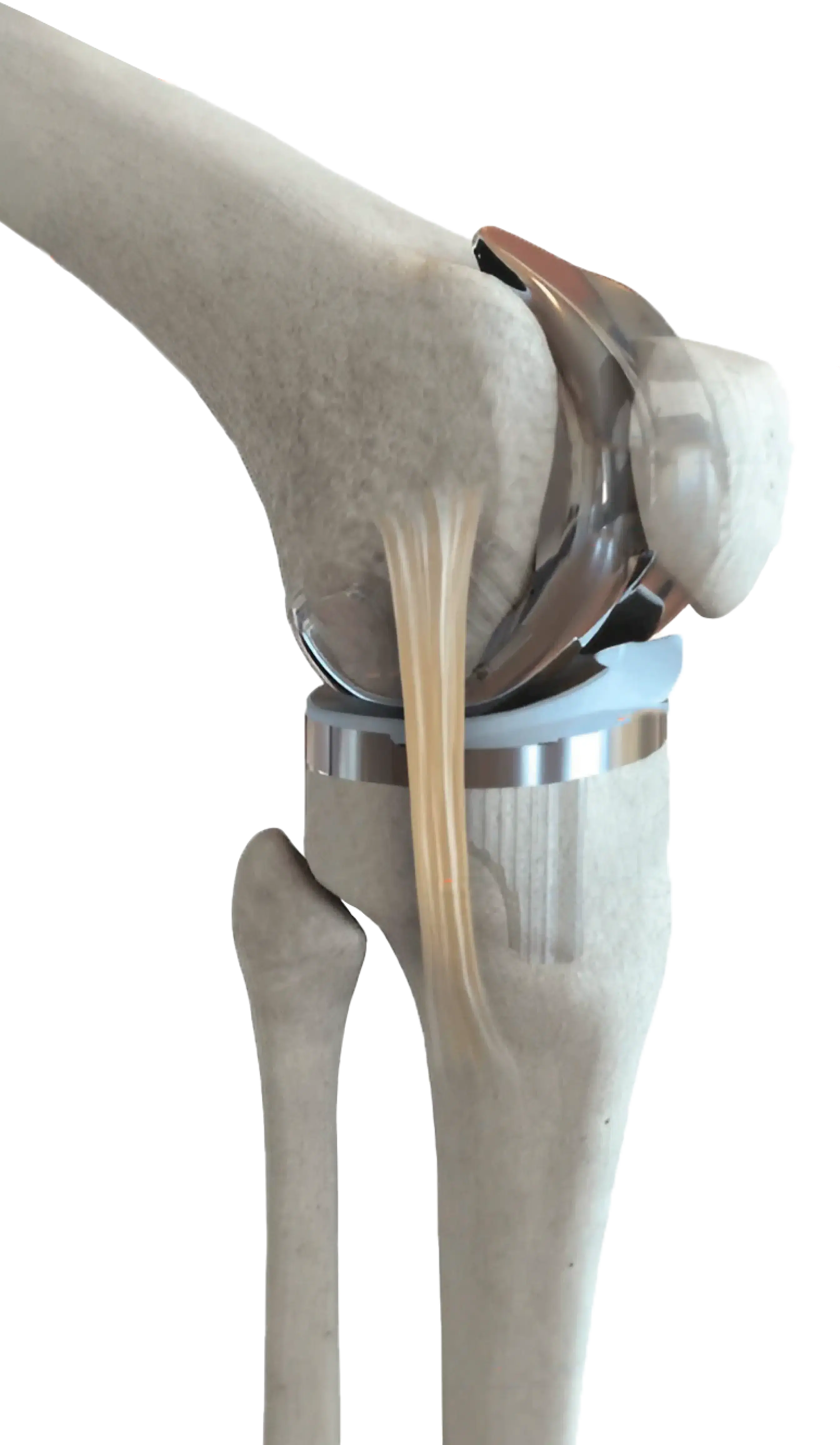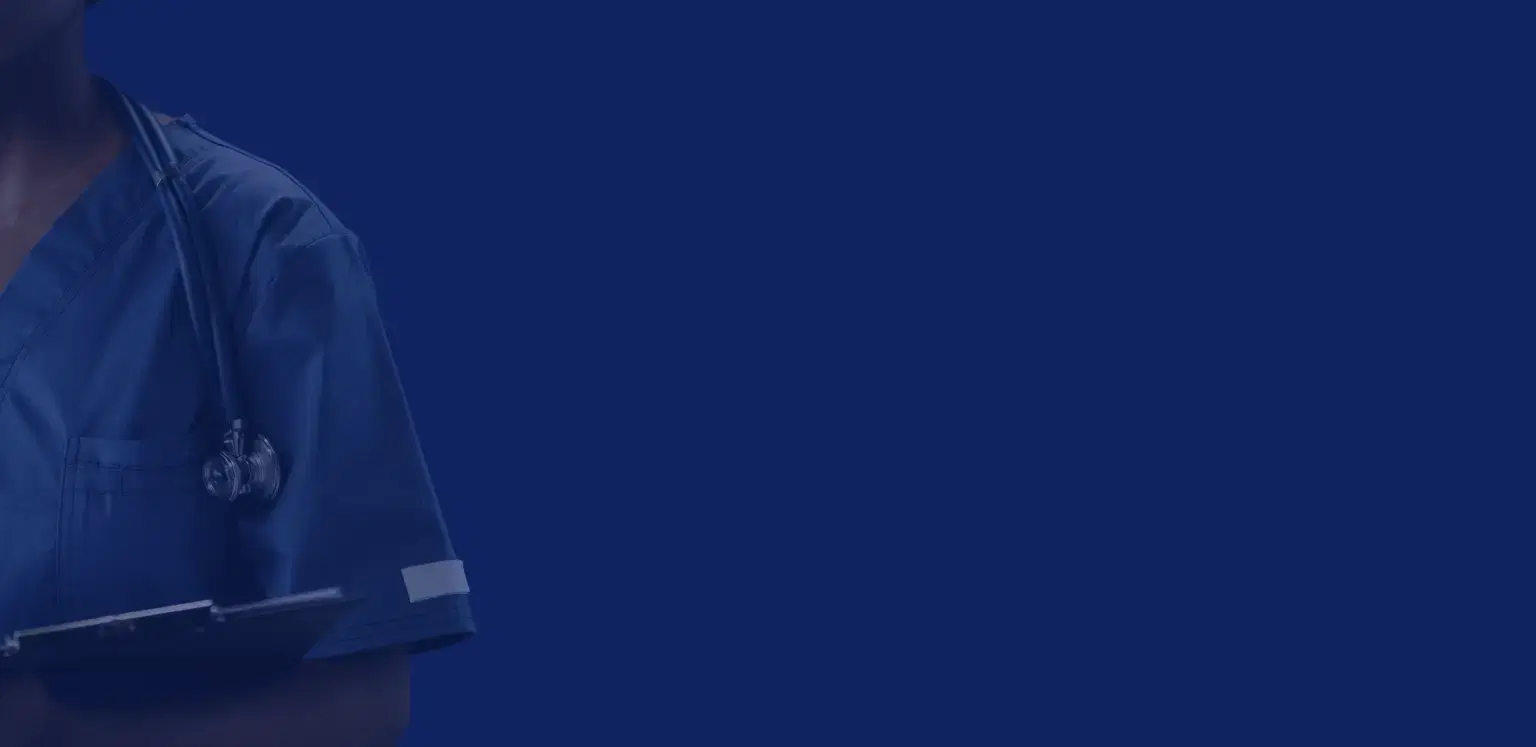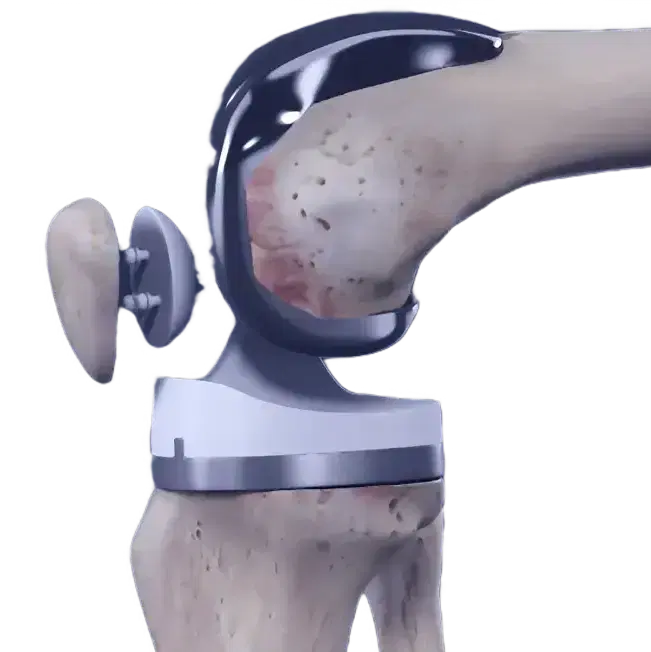

Our care plan

Why is a care plan important
Your surgery is often only the start. Success requires not only surgical skill but also commitment by you and our team to achieve the results we all want.
This is why our team and postoperative care plan is essential
Ongoing care for months and years
You will be cared for by our team of highly experienced health professionals, whose goal is to help you get the most out of your procedure.

Your initial consultation
During your initial consultation Dr. Seeto will:
Ask detailed information about your current symptoms and past medical history
Review any x-rays, diagnostic reports or other relevant documents
Perform a thorough physical examination
To confirm a diagnosis, other possible diagnostic investigations such as blood tests, imaging investigations may need to be arranged.
Your diagnosis
Dr Seeto will discuss your condition and recommend appropriate treatment options
Depending on the diagnosis your choice could include:
Non-Surgical treatment options
Surgical treatment options

It’s not uncommon to have questions or doubts. Dr Seeto encourages patients to seek clarification on any issue before you leave the consultation.
Treatment plan
Where surgery is the chosen path, Dr Seeto’s aim is to provide you with all the information required to make an informed decision.


Preparing for surgery
As you prepare for your surgery, it is important to be proactive.

Mental preparation
Before the surgery, you should make sure that you understand
What the surgery entails
What to expect after surgery
What role you play in your recovery
How you can help recover quicker and with fewer problems

Surgery preparation
Such as blood tests and special X-rays, are usually performed a week before the surgery.
Discuss any medications you are taking with Dr Seeto. Some medications that thin your blood (Aspirin, Warfarin, Plavix, etc) may need to be ceased prior to surgery.
Keep in mind these recommendations

Blood bank
Dr. Seeto will discuss the potential for needing a blood transfusion with you

Weight loss
If you are overweight, losing weight will help decrease stress on your new joint. However, you should not diet the month before your surgery

Avoid tobacco
If you smoke, it’s recommended to stop or cut down to reduce your surgery risks
.e08562d6.svg)
Other diseases
Have any tooth, gum, bladder or bowel problems treated before surgery to reduce the risk of infection
Other preoperative activities could include:

Diet
Eat a well-balanced diet. Remember to avoid dieting the month before your surgery

Infections
Report any infections to your surgeon. Surgery cannot be performed until all infections have cleared up

Support
Arrange for someone to help out with everyday tasks like cooking, shopping and laundry

Easy Reach
Put items that you use often within easy reach before surgery so you won’t have to reach and bend as often

Easy Access
Remove all loose carpets and tape down electrical cords to avoid falls. Make sure you have a stable chair with a firm seat cushion, firm back and two arms.
The day before your surgery
The hospital will contact you in the afternoon of the day prior to your surgery.
You will be told when to arrive at the hospital and from when to fast from.
It is important to remember to bring all your x-rays and scans with you to the hospital
Day of your surgery
On the day of the surgery you will be seen by a lot of staff from the clerk at the front desk, to nurses, doctors and porters. Your anaesthetist will discuss with you the options for your anaesthetic and the pros and cons of different options.
Dr Seeto will see you before you go to sleep and mark your limb and answer any last minute questions
If you are having joint replacement surgery
A catheter will be placed into your bladder when you are asleep so that your kidney function can be monitored during and after the surgery.
The catheter will be removed when you are medically stable.
Usually after 24-36 hours

If you are having Day Surgery, remember the following

You will not be able to drive home after the surgery

Do not drink or eat anything in the car on the trip home. The combination of anaesthesia, food, and car motion often cause nausea or vomiting

Have someone available to take you home

After arriving home, wait until you are hungry before trying to eat. Begin with a light meal and try to avoid greasy food for the first 24 hours
Post Operative
Hospital Recovery
After the surgery, you will wake up from the anesthesia in a recovery room.
Depending on your surgery an x-ray may be taken to ensure that any implants are where they should be. Once you are lucid enough and medically stable you will be transferred to the orthopaedic ward.


Diet after surgery
After the surgery, yo will continue to receive fluids and antibiotics through the IV inserted in your arm until you are able to tolerate regular liquids. The Iv is usually removed after 24 hours


Physical movement
Physical activity in most cases will start on the day of the surgery.
Your nurses and physical therapists will assist you with this activity until you can progress on your own


Leaving hospital
Before leaving hospital, your doctor will check
Your vital signs and bladder functionYou can eat without having nauseaThere are no signs of infections
Recovery At Home
To help you with your home recovery, your surgical team will give you information on how to manage the next stage of your post operative recovery. These include:
Post Operative Infection

If unsure you should ask for clarifications and follow these instructions closely and diligently
If any of the following signs of infection are observed, you should call Dr Seeto immediately
Signs of infection include:

Fever

Increase in swelling around the incision

Excessive fluid drainage from the incision

Opening of the surgical incision

Chills, nausea/
vomiting
Pain management
After the surgery, pain medications and antibiotics are prescribed to control pain and prevent infection



Take your pain medicine as directed
Begin the pain medicine as you start getting uncomfortable, but before you are in severe pain. If you wait to take your pain medication until the pain is severe, you will have more difficulty controlling the pain
If you had surgery on a extremity (wrist, knee or ankle), keep it elevated and use ice as directed.
Wound care
When you will be discharged, you will still have a surgical dressing on your incision(s)


Dressings are usually left intact until the first post-operative appointment.
Most dressing are waterproof and showers can commence after surgery. Observe dressings regularly to ensure they are watertight.
If there are issues with the dressings or wound please contact Dr Seeto's rooms.

Driving after surgery
Check with Dr. Seeto when you are allowed to return to driving
Rehabilitation program
Your post-operative Rehabilitation Program includes physical therapy. Rehabilitation starts soon after your surgery and is very important to:

Regain strength

Provide mobility
Your Rehabilitation Program schedule will be tailored for your specific requirements
Our support team or physiotherapist will provide you with a rehabilitation program.

Return to work
Dr Seeto will discuss with you about returning to work, this will be dependant on:
Your occupation and its physical requirements
How you commute to and from work
Your occupation and its physical requirements
How you commute to and from work

Quality Guarantee
Dr. Seeto guarantees exceptional quality. No extra charges for future correction related to his treatment, including surgeon, anaesthetist, or assistant fees. Peace of mind assured.

No Extra Fees
Importantly, all many aspects of your aftercare are included in your once-off surgical fee – with no hidden charges, expiry dates and any other fees from us – ever.

Do you need a
Knee replacement?
Dr Seeto in affiliation with Medibank Private and East Sydney Private hospital, offers a program for eligible Medibank Private Members, to eliminate medical out of pocket costs for your Knee Replacement.
The program includes a pre-surgery preparation program, spending the minimal time necessary in hospital, as well as home rehabilitation if necessary.
Book a consultation
today
9:00 am - 4:30 pm







